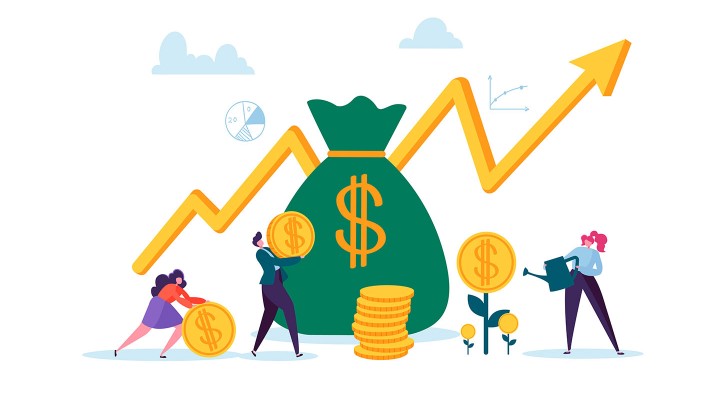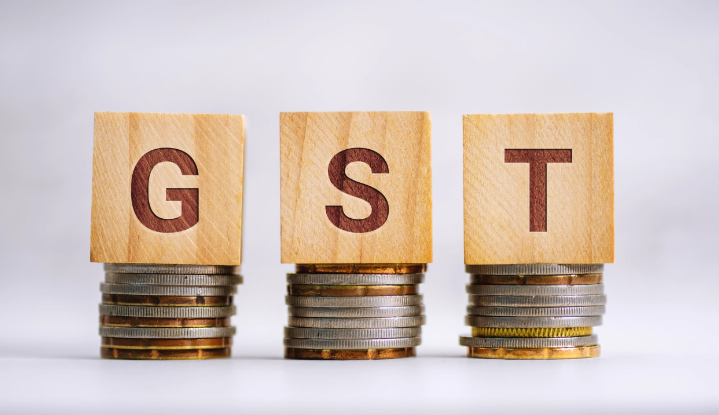
Need to improve nation’s governance
- June 13, 2024
- 0
In the 2009 general elections, the United Progressive Alliance (UPA) government came to power with a large majority. India had made spectacular economic progress in the few years before 2009. Everyone believed that the country was largely unaffected by the global financial crisis. Since the economic reforms that began in 1991, the private sector has performed commendably.
Development related actions and their effects depend on the capacity of the government and its measures to deal with the challenges. It is true that the Indian system does some things really well (for example, conducting Lok Sabha elections) but there are some tasks which have either not been completed, or have been done only half-heartedly.
There are many areas in the country which need improvement. It can be said that India is not able to effectively carry out development works due to lack of fiscal capacity. The reason for this is that India still cannot compete with developed countries in terms of finance.
Despite the booming economy, its tax collection to gross domestic product (GDP) ratio has not improved much. The 15th Finance Commission has said in its report that India’s revenue has remained stable for the last several years. Which has been much less as compared to competing countries. According to a study by the International Monetary Fund, India’s gross tax collection has been less than 5 percent of its potential. If this gap is bridged, fiscal capacity will increase and borrowing can reduce.
There are still some problems with GST and these are not hidden from anyone. It would be a great if the next government improves this. The new government should also focus on increasing the direct tax base, especially income tax. But, the problem is not limited to revenue only. The level of expenditure will also have to be increased.
For example, government support and subsidies are not reaching properly who deserve them and are benefiting people who do not need them. Often they are misused to gain immediate or short term political benefits.
In 2019-20, the Punjab government had spent more than Rs 6,000 crore on electricity subsidy for the agriculture sector, compared to Rs 380 crore on agricultural research. The central government is also no different in this matter.
The idea of India being the first to improve the fiscal capacity of its government is not a new one, but now is the time for us to make a fresh start in this direction.
👇 Please Note 👇
Thank you for reading our article!
If you don’t received industries updates, News & our daily articles
please Whatsapp your Wapp No. or V Card on 8278298592, your number will be added in our broadcasting list.

































































